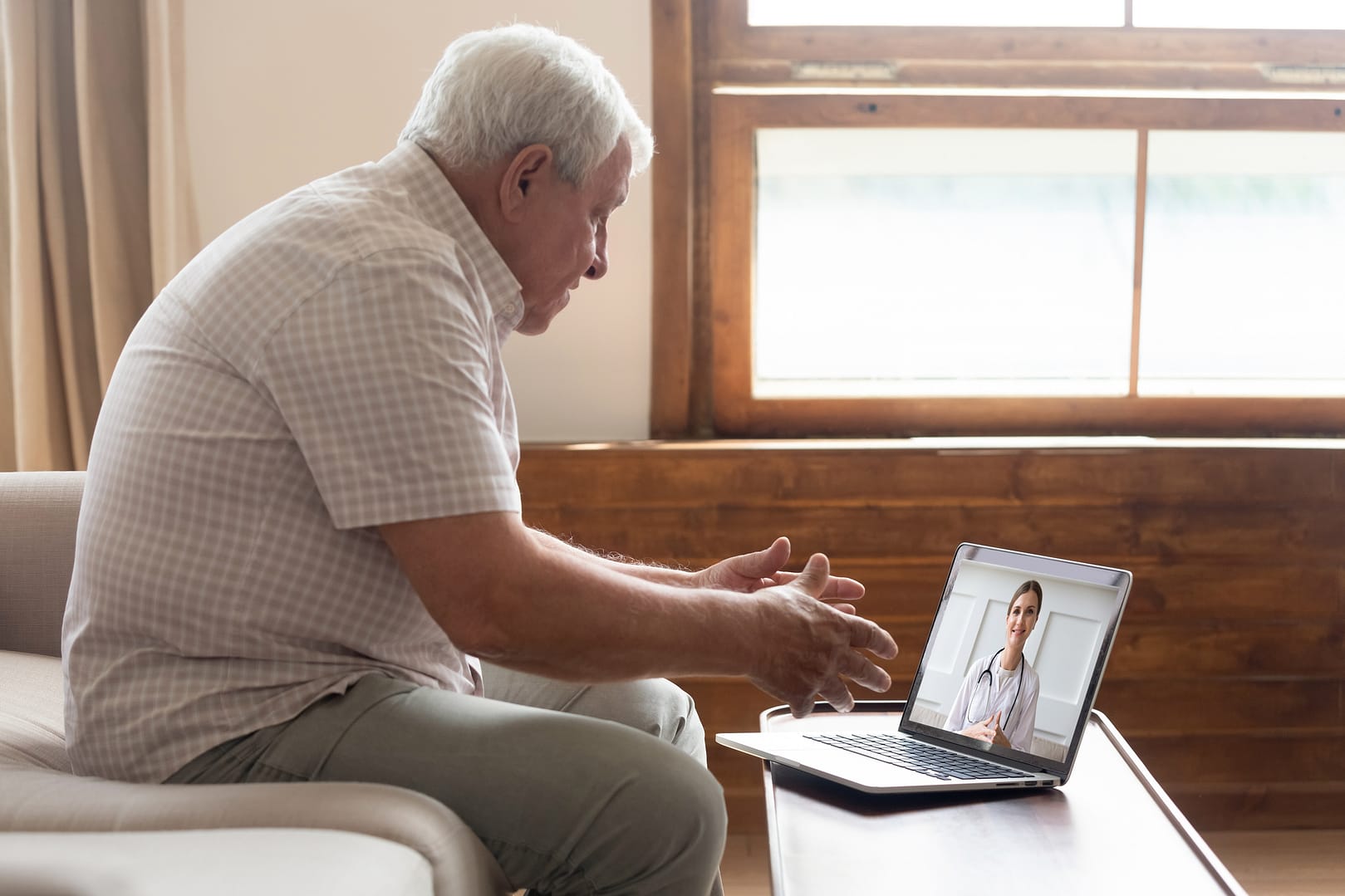As technology advances, more healthcare organizations have switched to remote patient care to monitor and treat their patients. Remote patient care uses a technological platform to offer medical attention to patients online. This system is helpful for those who have difficulty traveling to their medical centers. However, remote patient care has challenges that patients and healthcare professionals must overcome to guarantee effectiveness. This blog will highlight some key challenges of remote patient care and strategize ways to overcome them.
Access to Technology
Technological barriers are some of the biggest challenges of remote patient care. Patients may not have access to the required technology or need to learn how to use the platform. Some patients may feel uncomfortable or resistant to new technology as they might need more skills to use it to their best advantage. This already obstructs the delivery of care for patients from low patient engagement and inaccuracy in data. To address this challenge, medical professionals can provide patients with detailed guidelines for using the remote patient care platform. This guideline can focus on connecting with their healthcare providers, technical issues, and how to use the product suite. By offering patient education, healthcare providers can help patients overcome their barriers to technology.
Limited Physical Examination
Unlike in-person visits, healthcare providers have a limitation when performing physical examinations over remote patient monitoring. This factor can make accurately diagnosing and treating certain medical conditions challenging. Medical professionals can overcome this challenge by using technology to track physiological measurements while guiding their patients to perform basic physical examinations at home. By handling this challenge, doctors can ensure patients receive the ultimate personalized care treatment, even without the in-person visits.
Resistance to New Technology
Resistance to change is a common challenge healthcare providers face. Many might hesitate to adopt new ways to provide care due to the lack of understanding of technology. To overcome this challenge, remote care companies, like Aetonix, can provide training and education on the benefits of remote care and how to use this platform to their advantage. This can involve training sessions and online guidelines. By providing clear resources, these companies can help healthcare providers feel more at ease with virtual care.
Knowledge Gap in Data Analysis
Medical professionals working with high volumes and large amounts of data must analyze and interpret them accurately. To address this challenge, remote care companies can provide data-related training to medical professionals on solving, sharing, and using the data they’ve gathered. Healthcare providers can accurately analyze patient data by providing training on data interpretations. This can lead to more personalized care plans and patient outcomes.
Benefits of Remote Care

Remote care can benefit patients and healthcare providers, but it is crucial to understand how to use it effectively and thoroughly. By prioritizing patient education and support, addressing the resistance to new technology, and adapting technology for at-home examinations, companies can provide remote care solutions, like aTouchAway, that meet the needs of both patients and healthcare providers.
Thank you for reading. To stay up to date on current healthcare topics and news about Aetonix, subscribe to our mailing list at the bottom of our blog page. Connect with us on social media using the links at the bottom of this page and share your thoughts!

